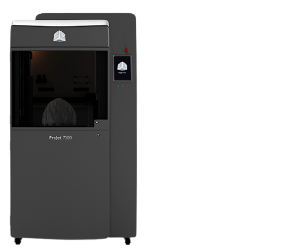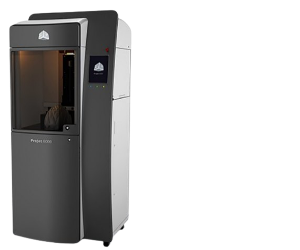Stereolithography (SLA).
SLA 750.
Properties
SLA quality at high throughput to address the broadest range of applications
Highlights
Print complex assemblies, custom assembly jigs and fixtures, master patterns, mass customization of production parts
Produce dental models and drill guides in batches
Highly detailed, lightweight investment casting patterns with QuickCast® SLA build style
Software
3D Sprint
ProX 950.
Properties
All the benefits of SLA 3D printing in extra-large format
Highlights
Strong, highly accurate large parts (up to 1500 mm length) in one piece
Print large format complex assemblies, prototypes and production parts
Highly detailed, lightweight investment casting patterns with QuickCast® SLA build style
Software
3D Sprint
ProJet 7000 HD.
Properties
Mid-range integrated solution for SLA quality and accuracy
Highlights
Same SLA benefits of the ProJet 6000, with more than double the build volume
Print prototypes, tooling, patterns for casting, end use parts
Highly detailed, lightweight investment casting patterns with QuickCast® SLA build style
Software
3D Sprint
ProJet 6000 HD.
Properties
SLA quality and accuracy for fine jewelry
Highlights
Smooth surface, high quality for intricate jewelry geometries and high accuracy for prongs
Uses Accura Sapphire material to produce direct casting models, accurate patterns for silicon or rubber molding, as well as design verification models
Software
3D Sprint
Materials offered for SLA.
- Tough-ABS like.
-
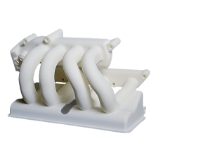
Accura Xtreme White 200 (SLA).
Ultra-tough white plastic, replaces CNC-machined polypropelene and ABS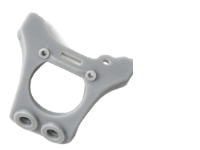
Accura Xtreme (SLA).
Ultra-tough grey plastic, replaces CNC-machined polypropelene and ABS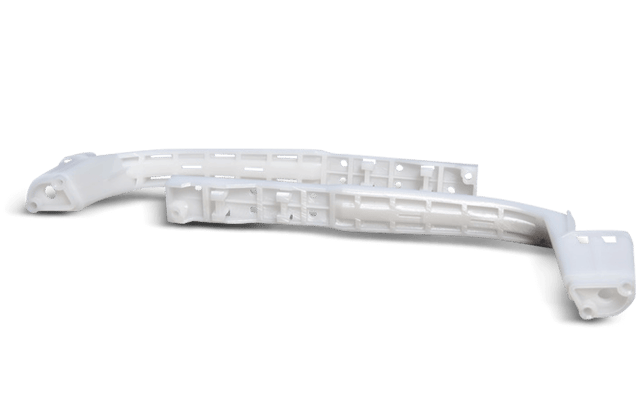
Accura ABS White (SL 7810) (SLA).
Simulate and replace CNC-machined white ABS parts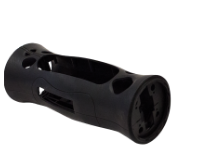
Accura ABS Black(SL 7820) (SLA).
Simulates and replaces CNC-machined black ABS parts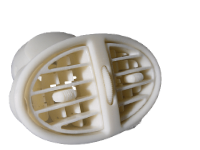
Accura 55 (SLA).
Rigid, accurate plastic, aesthetics of molded ABS.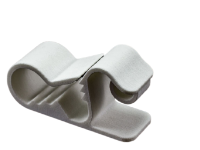
Accura 60 (SLA).
Hard, clear plastic, aesthetics of molded polycarbonate (PC).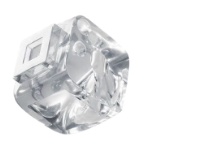
Accura ClearVue Free (SL 7870) (SLA).
High clarity plastic, free of heavy metals.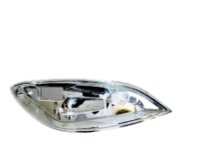
Accura ClearVue (SLA).
High clarity plastic, multitude of applications - Rigid – Polycarbonate-like, Urethane-lik.
-
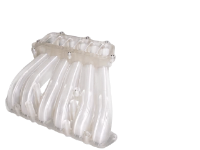
Accura SL 5530 (SLA).
Temperature and moisture resistant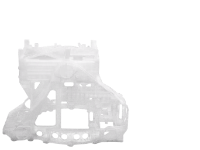
Accura CastPro (SLA).
Highly accurate with excellent humidity/moisture resistance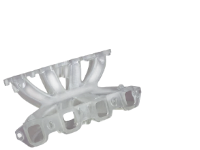
Accura 48HTR (SLA).
Temperature and moisture resistant, for demanding uses - Durable – Polypropylene-like.
-
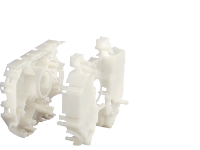
Accura PP White (SL 7811) (SLA).
Flexible and tough, like polypropylene (PP)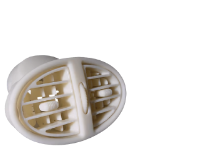
Accura<br>25 (SLA).
Flexible, accurate, aesthetics of molded polypropylene (PP) - High-Temperature.
-
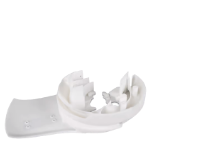
Accura HPC.
High production speeds with exceptional stiffness/rigidity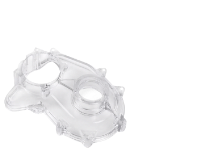
Accura Phoenix (SLA).
Thermally resistant plastic, for high clarity parts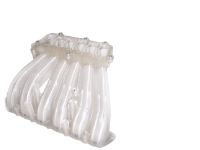
Accura SL 5530 (SLA).
Temperature and moisture resistant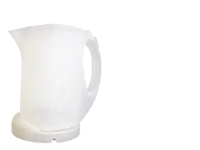
Accura PEAK (SLA).
Stiff plastic material for heat-resistant components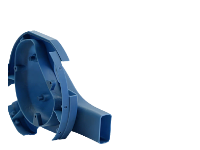
Accura Bluestone (SLA).
Composite material for stable, high stiffness parts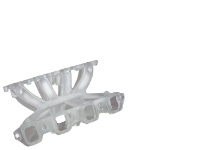
Accura 48HTR (SLA).
Temperature and moisture resistant, for demanding uses - Biocompatible Capable.
-
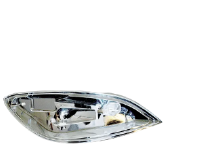
Accura SL Y-C 9300 (SLA).
Production-grade resin featuring long-term environmental stability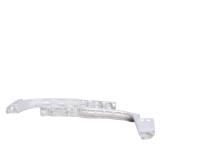
Accura ABS White (SL 7810) (SLA).
Simulate and replace CNC-machined white ABS parts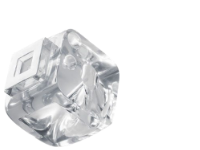
Accura ClearVue (SLA).
High clarity plastic, multitude of applications - Composite.
-
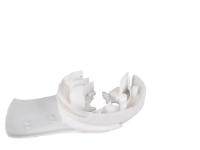
Accura HPC.
High production speeds with exceptional stiffness/rigidity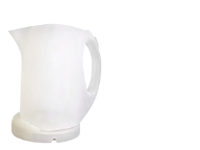
Accura PEAK (SLA).
Stiff plastic material for heat-resistant components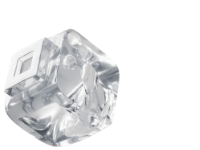
Accura Bluestone (SLA).
Composite material for stable, high stiffness parts - Transparent / Translucent.
-
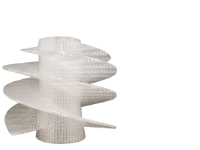
Accura Fidelity (SLA).
Highly accurate, humidity/moisture resistant, antimony-free casting patterns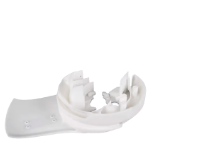
Accura Phoenix (SLA).
Thermally resistant plastic, for high clarity parts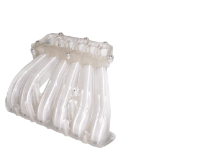
Accura SL 5530 (SLA).
Temperature and moisture resistant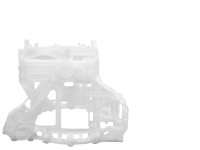
Accura CastPro (SLA).
Highly accurate with excellent humidity/moisture resistance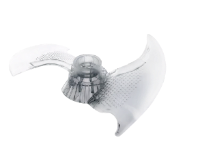
Accura 60 (SLA).
Hard, clear plastic, aesthetics of molded polycarbonate (PC).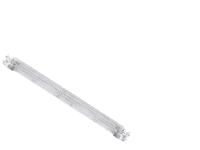
Accura ClearVue Free (SL 7870) (SLA).
High clarity plastic, free of heavy metals.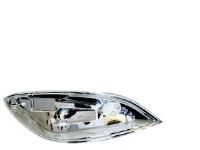
Accura ClearVue (SLA).
High clarity plastic, multitude of applications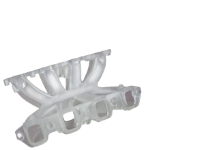
Accura 48HTR (SLA).
Temperature and moisture resistant, for demanding uses - General Purpose.
-
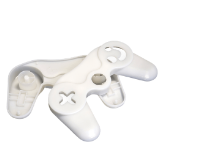
Accura Xtreme White 200 (SLA).
Ultra-tough white plastic, replaces CNC-machined polypropelene and ABS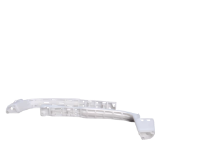
Accura ABS White (SL 7810) (SLA).
Simulate and replace CNC-machined white ABS parts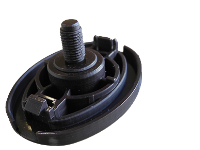
Accura ABS Black (SL 7820) (SLA).
Simulates and replaces CNC-machined black ABS parts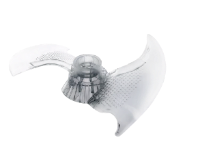
Accura 60 (SLA).
Hard, clear plastic, aesthetics of molded polycarbonate (PC).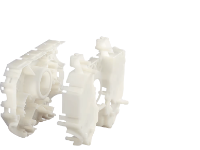
Accura PP White (SL 7811) (SLA).
Flexible and tough, like polypropylene (PP)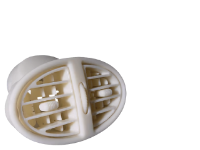
Accura 25 (SLA).
Flexible, accurate, aesthetics of molded polypropylene (PP) - Dental.
-
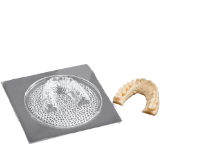
Accura e-Stone (SLA).
Ut enim ad minim veniam nostrud exercitation ullamco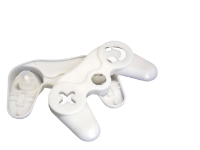
Accura 55 (SLA).
Rigid, accurate plastic, aesthetics of molded ABS.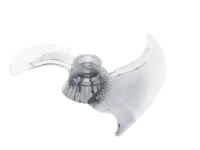
Accura 60 (SLA).
Hard, clear plastic, aesthetics of molded polycarbonate (PC). - Post- Processing.
-
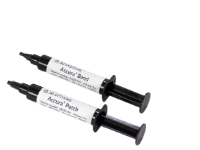
Accura Patch & Accura Bond (SLA).
Post-processing SLA materials
Stereolithography (SLA).
Stereolithography (SLA) is the first commercialized 3D printing technology, invented by 3D Systems' Co-Founder and Chief Technology Officer Chuck Hull in the 1980s. It uses an ultraviolet laser to precisely cure photopolymer cross-sections, transforming them from liquid to solid. Parts are built directly from CAD data, layer-by-layer into prototypes, investment casting patterns, tools, and end-use parts. Once the SLA printing process is complete, SLA parts are cleaned in a solvent solution to remove any residual uncured resin from the part surface.
SLA 3D printers are able to deliver highly detailed, tiny parts just a few mm in size, all the way up to 1.5 m long parts—all at the same exceptional resolution and accuracy. Even large parts remain highly accurate from end-to-end, with virtually no part shrinkage or warping.
Delivering the smoothest surface finish of any additive manufacturing process, the quality of SLA parts makes this versatile technology great for:
- Master patterns for vacuum casting
- Sacrificial patterns for metal casting
- Tools, molds and dies
- Functional prototypes and models
- High clarity, transparent products and components
- Complex assemblies
- Wind tunnel models
- Under the hood components
- Rapid production of flow test rigs
- Mass customization
- Custom assembly jigs and fixtures


